
Since 1980 the National Garden Bureau has developed a “Year of” plant program, with the goal of educating and inspiring gardeners to try new crops. Over the years, the program has grown to include six plant classes – houseplant, bulb or bulb-like, annual, perennial, vegetable and shrub – with one specific plant per class featured each year.
Today we’ll look at this year’s featured houseplant - Peperomia, annual flower - Verbena and perennial plant - Phlox.
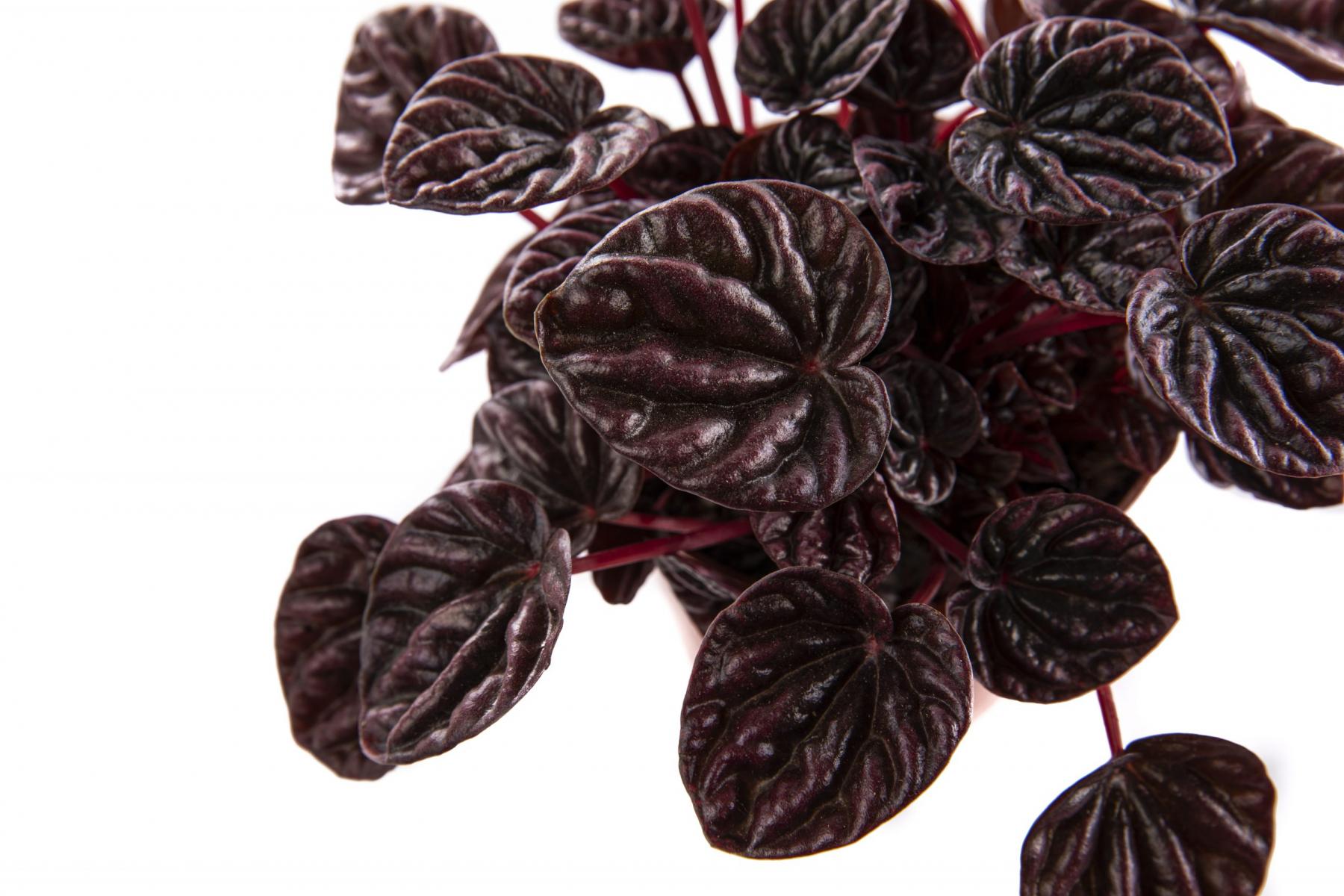 Year of Peperomia - Houseplant
Year of Peperomia - Houseplant
Peperomia have been a common houseplant since the 1930s, so they are not new on the garden scene. But many gardeners are not aware of the wide diversity of forms found in this genus. They grow naturally within the understory of tropical forest areas, as epiphytes (non-parasitic plants which grow on the branches of other plants) or lithophytes (plants which grow on bare rock). Peperomia themselves are not edible by people or pets but belong to the family of plants from which we get the spice black pepper.
All Peperomia species are somewhat succulent, so don’t keep them too wet. As understory plants, they are adapted to medium light levels meaning they will grow well even without a very high light west or south window/p>
For more pictures and information on the many types of peperomia commonly available to home growers and more tips for success in growing each species, visit Ngb.org/year-of-the-peperomia.
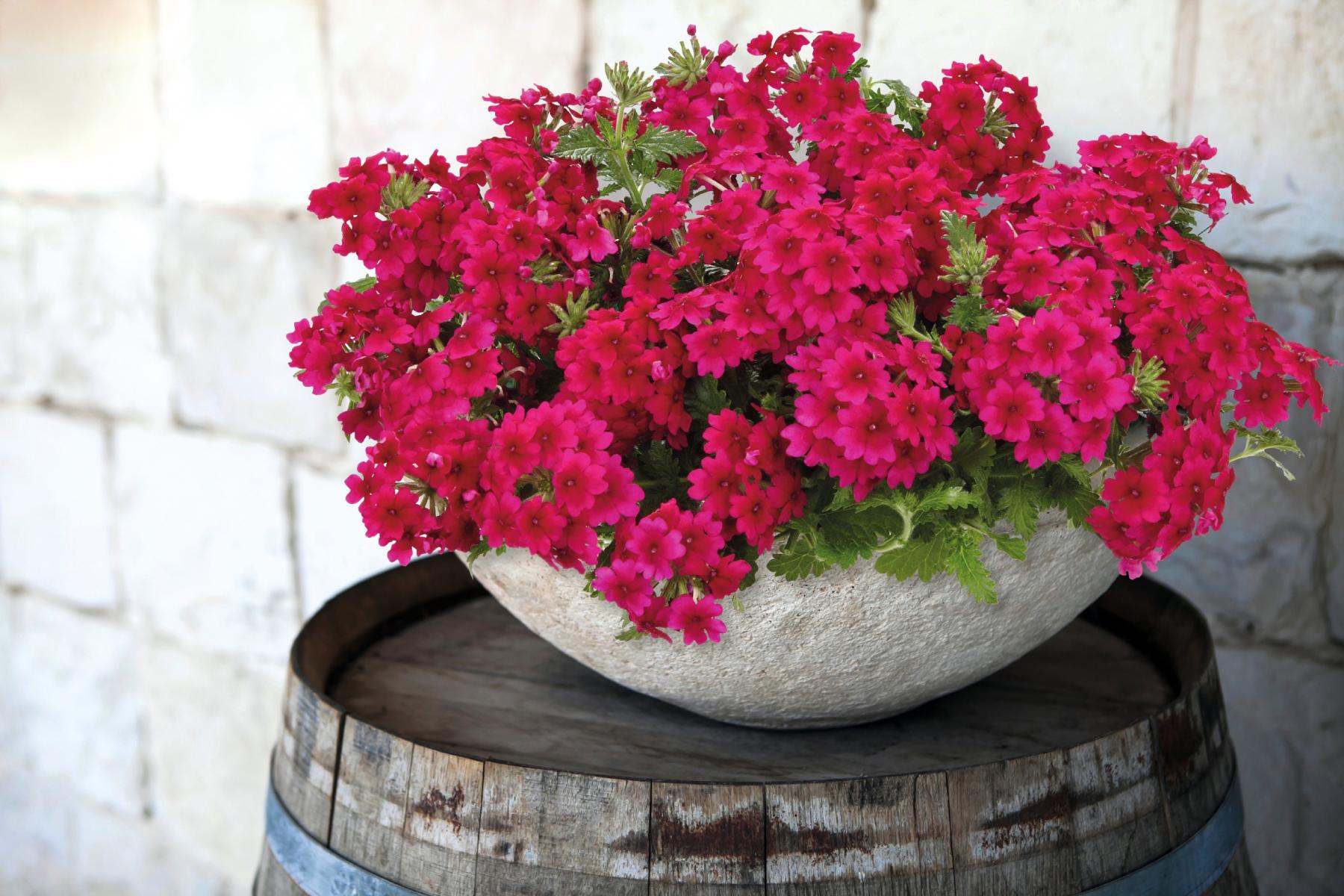 Year of Verbena - Annual Flower
Year of Verbena - Annual Flower
Commonly known as vervain, most verbena available in the gardening market today are either hybrids, bred by combining the desirable traits of many different species, or one of two species – Verbena canadensis or V. tenuisecta.
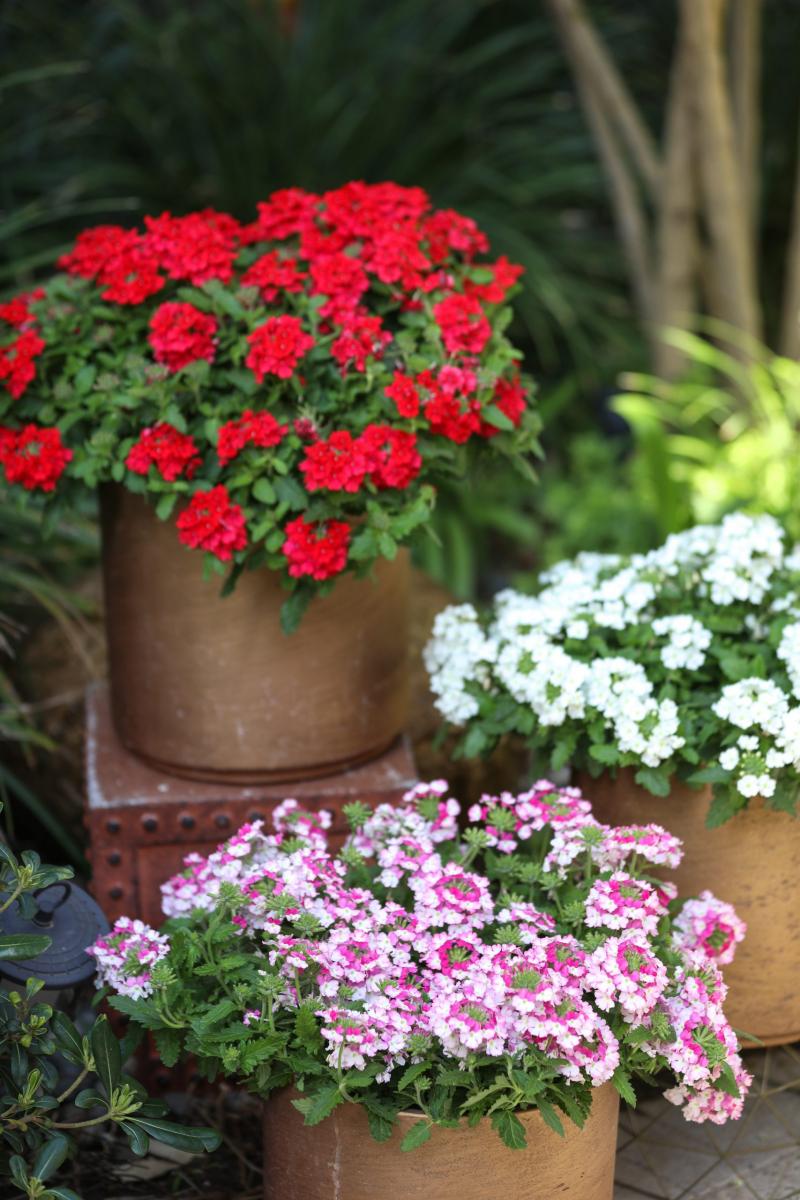 Hybrid varieties generally have larger flowers, brighter and more saturated colors, and larger, more weather-tolerant leaves than their species relatives. They are also bred to be more heat, water-stress, and disease tolerant (especially powdery mildew). These cultivars are often available in a series that includes verbenas with similar characteristics and in different colors.
Hybrid varieties generally have larger flowers, brighter and more saturated colors, and larger, more weather-tolerant leaves than their species relatives. They are also bred to be more heat, water-stress, and disease tolerant (especially powdery mildew). These cultivars are often available in a series that includes verbenas with similar characteristics and in different colors.
Leaves and foliage are often dense and, in many species, “hairy.” Its flowers are small with five petals, arranged in dense clusters. Typical colors include shades of blue and purple, but they can also be found in red, white and pink shades. Verbena can be grown from seed or transplants. They love full sun, but perform best when provided regular watering. They make a colorful, easy-to-grow addition to containers or ground beds and pollinators love the flowers! Hummingbirds, butterflies, and moths are all frequent visitors. Bees of all types love verbena, too.
For suggestion on current, high performing Verbena hybrids available to home gardeners, visit Ngb.org/year-of-the-verbena.
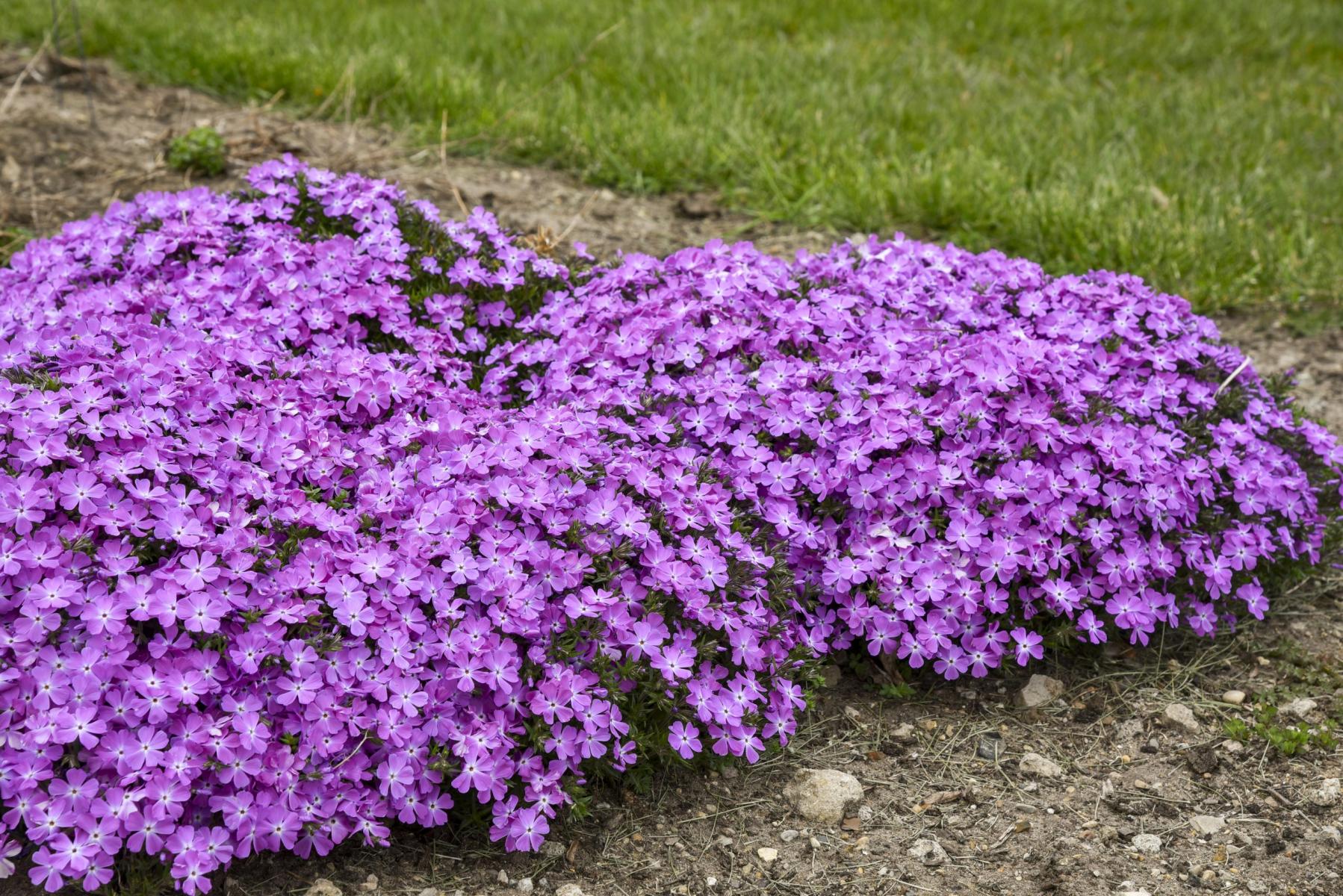 Year of Phlox - Garden Perennial
Year of Phlox - Garden Perennial
All species of Phlox are great North American native wildflowers, but only a few species are widely used in the garden industry. Within these species, perennial Phlox can be loosely grouped into two types: spring bloomers and summer bloomers
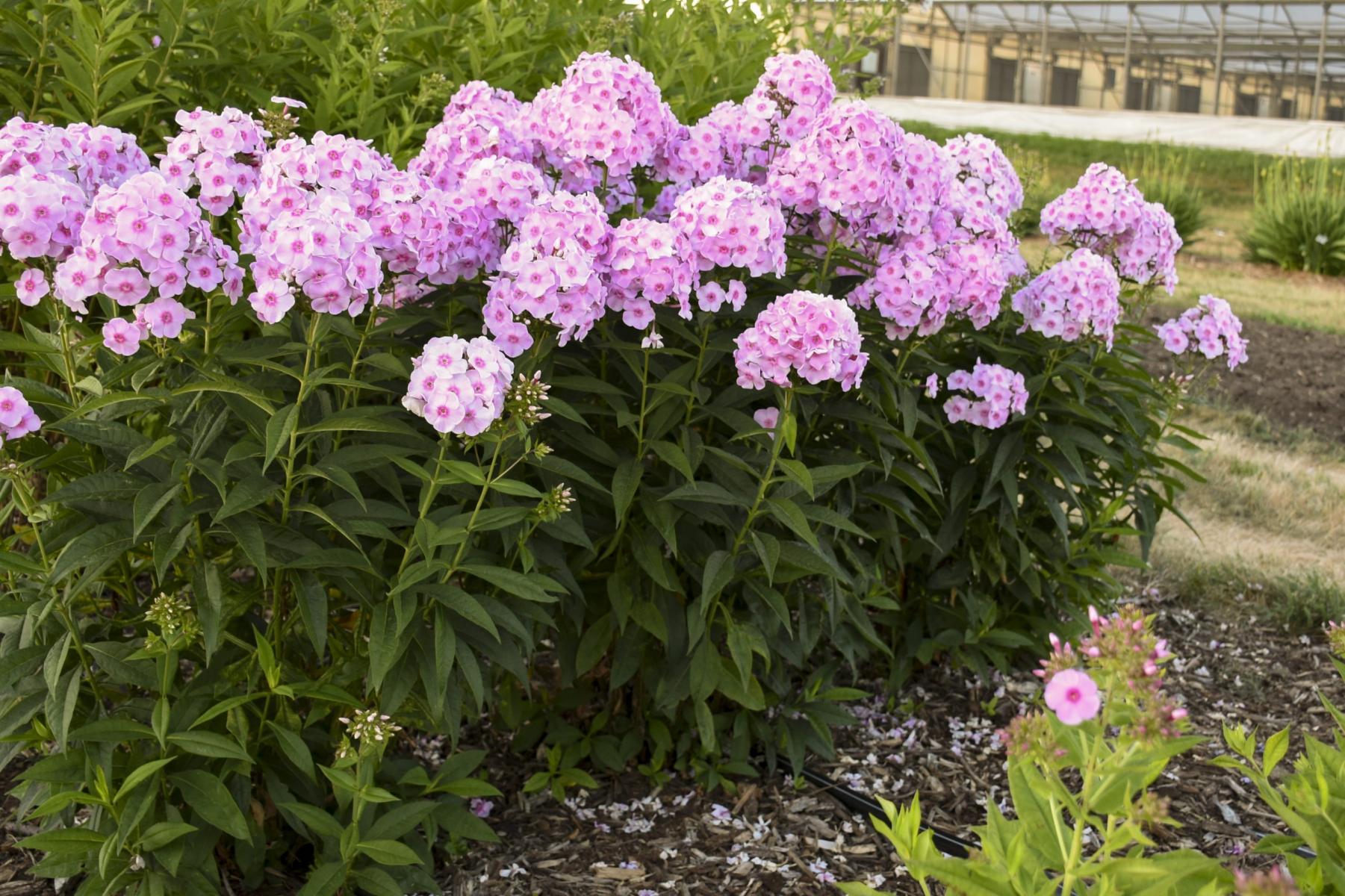 Spring Bloomers.Phlox subulata, commonly known as creeping phlox or moss phlox, and other early-spring blooming species are low-growing, ground-hugging plants. Typically native to rocky, well-drained environments, when put in a garden without restriction they become carpets of color. Most of these types tend to spread and work well as groundcovers.
Spring Bloomers.Phlox subulata, commonly known as creeping phlox or moss phlox, and other early-spring blooming species are low-growing, ground-hugging plants. Typically native to rocky, well-drained environments, when put in a garden without restriction they become carpets of color. Most of these types tend to spread and work well as groundcovers.
Summer Bloomers. Phlox paniculata, common name tall garden phlox, is a clump-forming perennial which blooms in midsummer and is among the tallest of this species. It has perfectly formed large, rounded flower panicles atop each stem.
In addition to tall garden phlox, other summer-blooming species are becoming more common, including Phlox glaberimma and Phlox pilosa to name a few. These newer garden varieties tend to bloom a bit earlier, have a more mounded shape, and have a stoloniferous habit so plants gradually spread through the garden.
All phlox grow best in full sun with well-drained soil. Summer blooming phlox often rebloom if deadheaded after the first flowers fade. For more information on popular phlox varieties and series, particularly those with good powdery mildew resistance, visit Ngb.org/year-of-the-phlox.
Images from the National Garden Bureau.
- Peperomia argyreia, often called watermelon peperomia since it's leaves resemble watermelon rind.
- Peperomia 'Raisinet' from Drummond Orange.
- Verbena 'Samira Rose' from Benary.
- Verbena 'Vanessa Red', 'Vanessa White', and 'Vanessa Bicolor Rose' from Danziger.
- Phlox 'Spring Bling Rose Quartz' from Spring Meadow. This creeping phlox is a great spring bloomer.
- Phox 'Luminary Opalescence' from Spring Meadow. A summer blooming tall garden phlox hybrid.